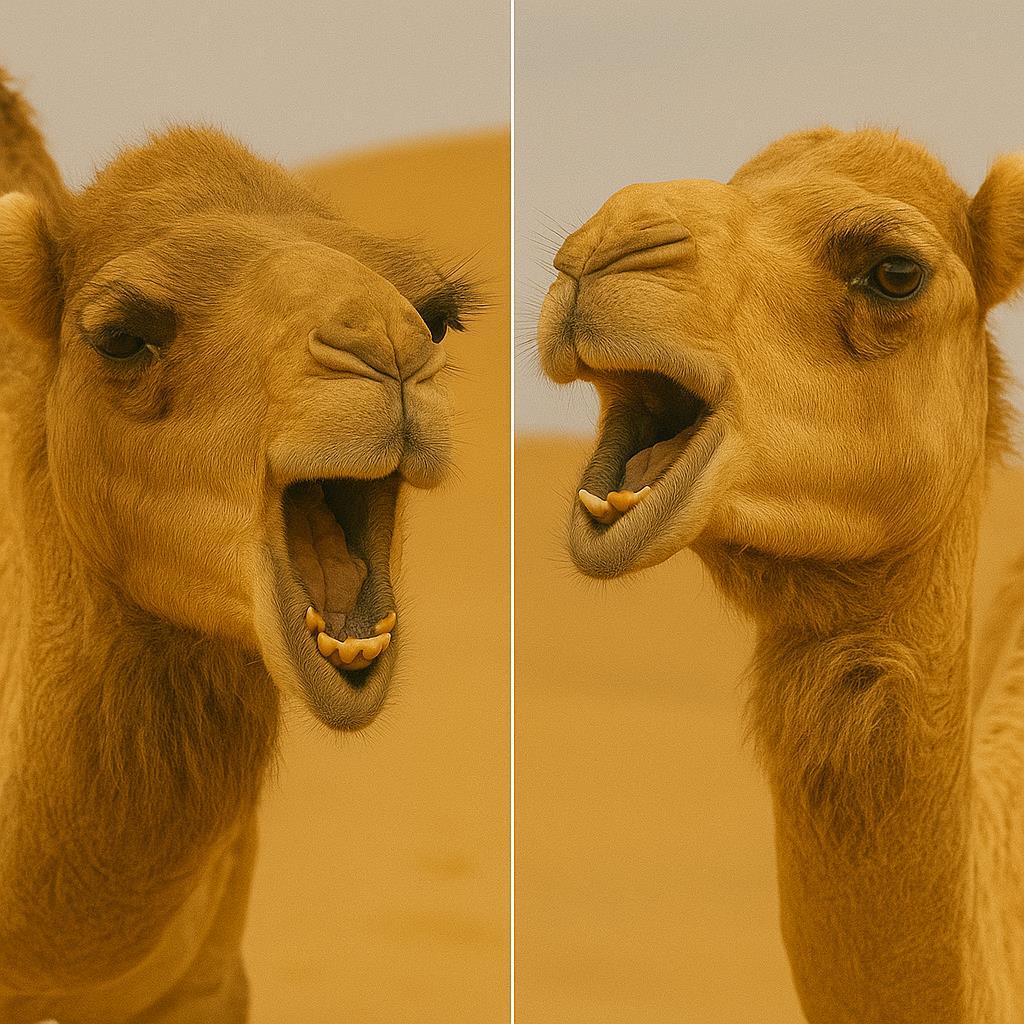




Curious minds, get ready to explore!
Welcome to the Brite Star Science: Know-ItAll! series — where learning is an adventure! In this collection, you’ll discover amazing facts, meet fascinating creatures, and explore the wonders of our world. From animals and weather to nature’s mysteries and the marvels of science, each book is packed with bite-sized knowledge and incredible illustrations to make learning fun.
Part of the Brite Star Museum of Science, these books are designed to spark curiosity and inspire discovery. Whether you’re reading about roaring dinosaurs, shimmering butterflies, or explosive volcanoes, you’ll find exciting stories and real science in every page.




What is a Camel? Camels are large mammals with humps, long legs, and special features that help them survive in hot, dry places.



Where Camels Live Camels live in deserts, grasslands, and rocky places. They are found in parts of Africa, the Middle East, and
Asia.



Camel Anatomy Camels have humps to store fat, thick lips to eat thorny plants, and padded feet to walk on hot sand. Their bodies are built for desert life.



What Camels Eat Camels eat dry grasses, thorny shrubs, and even salty plants that other animals cannot.



Baby Camels Baby camels are called calves. They can walk shortly after being born and stay close to their mothers.



Camel Adaptations
Camels have long eyelashes and special nostrils to keep out sand. Their wide, padded feet keep them from sinking in the sand.



Camel Families
Camels often live and travel
in groups.
These groups, called caravans, can walk long distances together.



Camels and People
For thousands of years, people have used camels to carry goods and travel across deserts. They are called “ships of the desert.”















